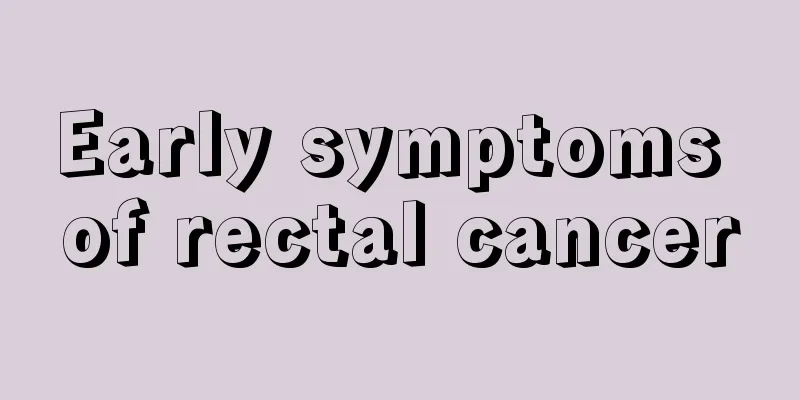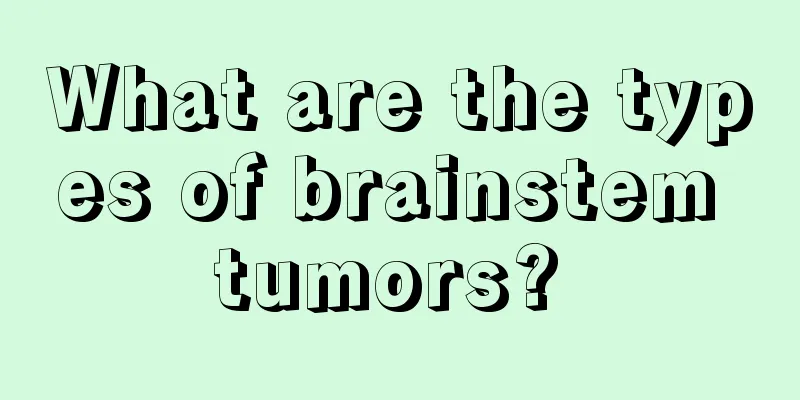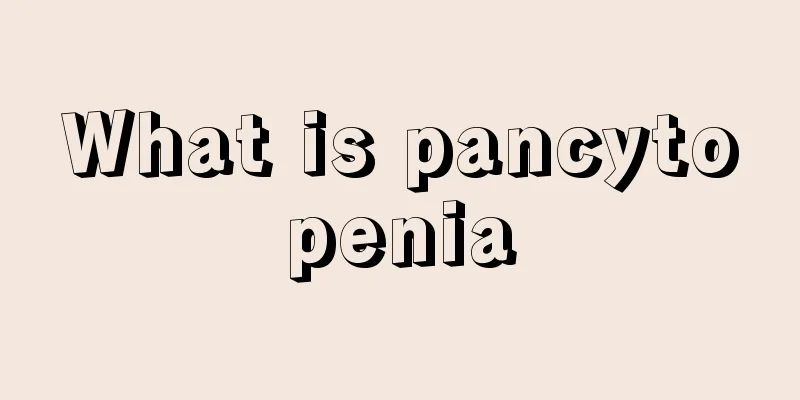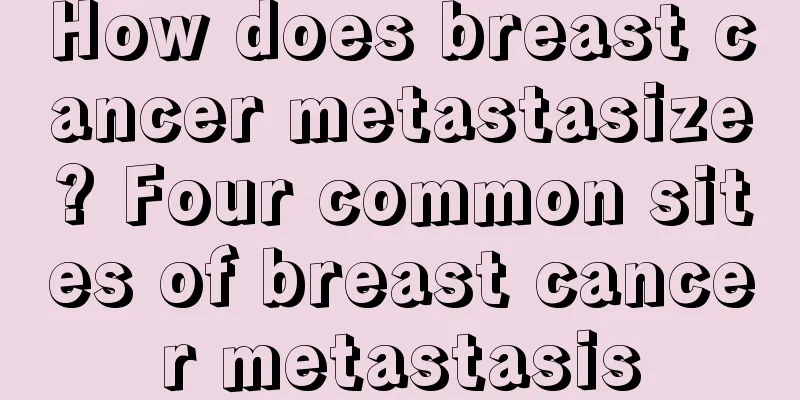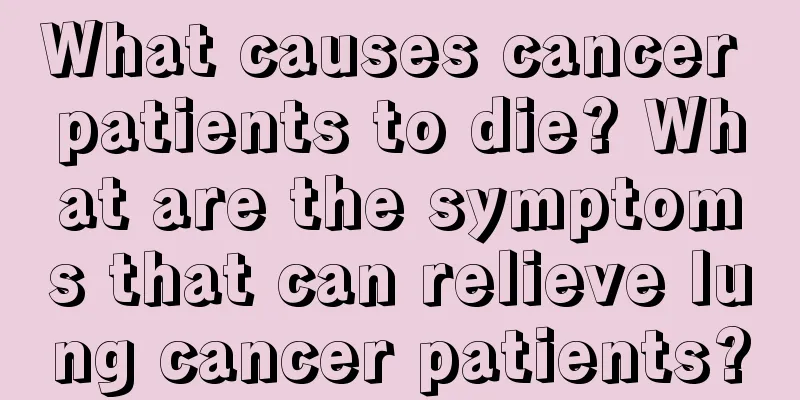Congenital myelomeningocele

|
Congenital diseases are often discovered when a child is born. For example, in the case of congenital myelomeningocele, a child will have a cyst on the midline of the back, neck, chest, etc., and the cyst may be large or small. When the baby cries, the cyst will grow larger. This is the case of congenital myelomeningocele. The earlier this disease is treated, the better, and the cure rate is very high, and it will not affect your future life. Clinical manifestations Local mass When the baby is born, a cystic tumor can be seen in the midline of the back, neck, chest or lumbar region. They range from the size of a date to gigantic. The lumps are round or oval in shape. Most have a wide base, while a few are ribbon-shaped. The surface skin is normal, but sometimes it is scar-like and thin. If ulceration has occurred, the surface may appear granulomatous or infected. If the mass has ruptured, cerebrospinal fluid will flow out from the surface of the mass. When the baby cries, the mass grows larger, and when pressure is applied to the mass, the anterior fontanelle bulges. It showed that the bulging mass was connected to the subarachnoid space. In the mass translucency test, simple meningocele has a high degree of translucency, while those containing spinal cord and nerve roots may sometimes have shadows inside the mass. This type of meningocele and myelomeningocele combined with lipoma has a fat mass on the surface and a meningocele sac deep inside. Symptoms of nerve damage Simple meningocele may not cause neurological symptoms. Patients with myelomeningocele and developmental malformation and degeneration of the terminal spinal cord, forming a syringomyelia, often have more severe symptoms, with varying degrees of paralysis of both lower limbs and incontinence. The serious neurological damage symptoms caused by lumbar and sacral lesions are far more common than those caused by cervical and thoracic lesions. Myelomeningocele itself constitutes a tethered cord, and the tethered cord syndrome becomes more severe with age and height increase. Spinal cord exposure usually presents with severe neurological symptoms, which also depends on the extent of the spinal cord malformation. Other symptoms In a few cases, meningocele extends into the chest, abdomen, and pelvic cavity, causing symptoms of lumps and compression of internal organs. Some children with meningocele have hydrocephalus and other malformations and show corresponding symptoms. Disease treatment In principle, these diseases are suitable for surgical treatment. The key points of the operation are: 1) to remove the meningocele sac and repair the soft tissue defect. Simple meningocele can be cured by this operation; 2) to explore the bulging of the spinal cord and nerves into the meningocele sac. Free and decompose it so that it can be returned to the spinal canal. It should not be removed blindly; 3) During the operation for myelomeningocele, it is usually necessary to expand the range of the laminectomy upward and downward to facilitate exploration and treatment within the spinal canal, and to facilitate the return of the bulging nerve tissue; 4) When combined with hydrocephalus and symptoms of increased intracranial pressure, a hydrocephalus shunt is performed first to relieve intracranial pressure, and the second step is to perform meningocele resection and repair; 5) Meningocele masses that extend to the chest, abdomen, and pelvic cavity often require laminectomy and combined surgery in the chest, abdomen, and pelvis. The timing of surgery recommends early surgery. For infants and young children with myelomeningocele, their overall condition and ability to withstand surgery must also be considered. Infants and young children with complete lower limb paralysis and incontinence were considered contraindications for surgery in the past. However, with the development of anesthesia and microsurgery technology, surgery can be performed selectively and may also achieve good results. |
<<: What's going on when I find my urine is very yellow when I go to the toilet?
>>: How to treat hypospadias diverticulum?
Recommend
The most common cause of papular urticaria is actually this thing!
Papular urticaria is a relatively common skin dis...
What can you eat to prevent liver cancer? To prevent liver cancer, you should eat more three kinds of bamboo shoots
For patients with liver diseases such as hepatiti...
These 4 groups are at high risk of liver cancer. Eat 4 kinds of food to prevent liver cancer
Because many people lack understanding of liver c...
Treatment of lacunar infarction in the right basal ganglia
An important reason why many people suffer from l...
What will happen if sebaceous nevus is not removed?
Moles are a very important substance on the body....
Is long-term indigestion a symptom of cancer? What are the precursors of cancer?
Theoretically, everyone has the possibility of ge...
What are the causes of thyroid cysts
Thyroid cyst is a disease that currently poses a ...
How to quickly heal frozen hands
If your hands are frozen, you must find a way to ...
Differential diagnosis of liver cancer
Are there any simple and reliable testing methods...
What does bv positive mean
When some women undergo gynecological examination...
How to exercise for lumbar muscle strain, this kind of exercise and care has many benefits
Lumbar muscle strain can cause soreness in the wa...
How to care for glioma
Glioma is an intracranial tumor. If it is not tre...
How to eat Spirulina
Spirulina is a type of seaweed found in the Gulf ...
What is the reason for drooling in dreams? It turns out to be these
Many people dream when they sleep at night. The c...
What are the reactions to radiotherapy for nasopharyngeal carcinoma? How to provide dietary care after radiotherapy?
What is the radiotherapy response of nasopharynge...
